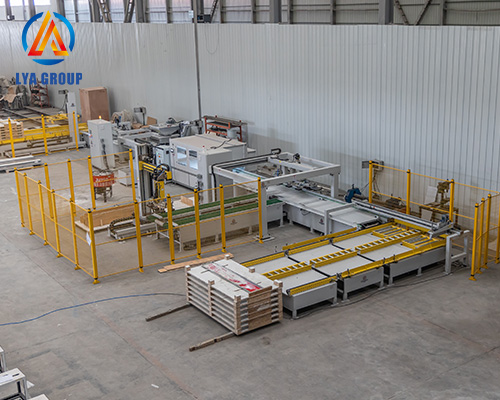Precast machines
News 2024хЙД4ц16цЅ 120

Precast machines are specialized equipment used in the manufacturing of precast concrete products. They are designed to automate and streamline the production process, enabling efficient and consistent production of various precast concrete elements. Here is an overview of precast machines and their functionalities:
Molding: Precast machines are equipped with molds or formwork systems that define the shape and dimensions of the precast concrete elements. These molds are typically made of steel or other durable materials and can be customized to produce different types of precast products such as walls, beams, columns, slabs, or architectural elements.
Concrete Mixing and Batching: Precast machines often include concrete mixing and batching systems. These systems allow for precise and controlled mixing of the concrete ingredients, including cement, aggregates, water, and additives. The batching system ensures accurate proportions of materials, resulting in consistent concrete quality.
Concrete Distribution: Once the concrete is mixed, precast machines facilitate the transportation and distribution of the concrete to the mold or formwork. This can be achieved through a conveyor system, concrete pumps, or other mechanisms that deliver the concrete to the designated areas within the mold.
Vibrating and Compacting: After the concrete is placed in the mold, precast machines employ vibrating and compacting mechanisms to ensure proper consolidation of the concrete. Vibrators and compactors help remove air voids, improve the density of the concrete, and ensure uniform distribution of the mixture within the mold. This enhances the strength and durability of the precast element.
Curing and Demolding: Precast machines may incorporate curing systems to facilitate the curing process once the concrete is placed in the mold. Curing can be done through various methods such as steam curing, heat curing, or controlled ambient conditions. After the curing period, the precast machine assists in the demolding process, which involves carefully removing the cured precast element from the mold without causing any damage.
Finishing and Quality Control: Precast machines often include mechanisms or attachments for finishing the precast elements. This can involve surface treatments, texturing, or application of coatings or sealants. Quality control measures such as visual inspections, dimensional checks, and strength testing may also be integrated into the precast machine to ensure the produced elements meet the required standards.
It’s important to note that the specific features, capabilities, and operation of precast machines can vary depending on the manufacturer and the intended application. Different precast products may require specialized machines tailored to their specific requirements.
